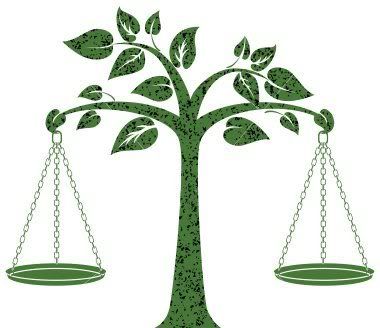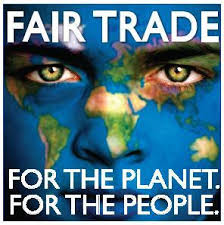 or, just how much is an ecosystem really worth?
or, just how much is an ecosystem really worth?How can you give a swamp, a beach, a forest or even part of one a "value?"
Dawn Anderson explains for the Environmental Literacy Council .....
Environmental resources and/or services are particularly hard to quantify due to their intangible benefits and multiple value options. It is almost impossible to attach a specific value to some of the experiences we have in nature, such as viewing a beautiful sunset. Problems also exist when a resource can be used for multiple purposes, such as a tree . The wood is valued differently if it is used for flood control versus if it is used for building a house. The qua ntity of a resource must also be taken into consideration because value can change depending how much of a resource is available.
ntity of a resource must also be taken into consideration because value can change depending how much of a resource is available.
An example of this might be in preventing the first " unit/bit/start" of pollution if we have a pristine air environment. Preventing the first unit of pollution is not valued very highly because the environment can easily recover. However, if the pollution continues until the air is becoming toxic to its surroundings; the value of preserving clean air by preventing additional pollution is going to  be increasingly valued.
be increasingly valued.
Within economics, value is generally defined as the amount of alternate goods a person is willing to give up in order to get one (additional unit) of the good in question.
An individual's preference for certain goods may either be stated or revealed. In the case of stated preferences, the amount of money a person is willing to pay for a good determines the value because that money could otherwise be used to purchase other goods. However, value may also be determined by simply ranking the alternatives according to the amount of benefit each will produce. Revealed preferences can be measured by examining a person's behavior when it is not possible to use market pricing.
There are typically two ways to assign value to environmental resources and services ? use and non-use ? and there are approaches to measuring environmental benefits based on these defined values. When environmental resources or services are being used, it is easier to observe the price consumers are willing to pay for the conservation or preservation of those resources. Market or opportunity cost pricing can be used when there are tangible products to measure, such as the amount of fish caught in a lake. Replacement cost can also be used, calculated based on any expenses incurred to reverse environmental damage. Hedonic pricing will measure the effect that negative environmental qualities have on the price of related market goods. When evaluating non-use value, contingent valuation is employed through the use of surveys that attempt to assess an individual's willingness to pay for a resource that they do not consume.
The process of environmental resource or service valuation provides a way to compare alternative proposals, but it is not without problems. All valuation techniques encompass a great deal of uncertainty: flaws can exist in the methods of assigning value accurately due to a wide number of variables and it is difficult to compartmentalize and measure environmental and natural resources and/or services within an ecosystem that functions as an interconnected web.
Yet challenging, it allows policymakers to make decisions based on specific comparisons (typically monetary) rather than some other arbitrary basis. The government has placed increasing emphasis on cost-effective laws and projects; therefore, establishing a common measure by which to evaluate alternatives is essential.
As always the comment box is open...........
What do you think?
How should be determine the value of ecosysytems?
for that matter WHO should be involved in the decisions?



Chesney James
ReplyDeleteBlue
I think that the kids should have some more say in the decisions because we kids will suffer the most if and when the earth becomes badly polluted. I am not saying the kids should have all the power just that some adults should listen more. I also think the people talking about sell land (like swamps) should now what they are talking about.
I think you are on to something here! YOu could include this with your project. Great ideas.
ReplyDelete\
\Bonus point in the box.
I think that people should look more closely at the diversity of our ecosystems. There is almost no real way to determine the value but is there is a "Price" it should be high enough that no one in their right mind wouldthink of purchasing it. I also agree with Chesney in that children shold have more power in deciding the fate of ur earth.
ReplyDeleteLevi Blue
Levi, very well stated. I like this idea. Their are organizations that try and buy ecosystems to protect them .. one i called , oddly enough Ducks Unlimited.. another is the World Wildlife Foundation
ReplyDeleteBonus 2 for this one, and one more for Chesney.
Joseph
ReplyDeleteBlue
I agree with Levi because land needs to be more expensive. If anybody can afford to buy lots of cheap land they will start chopping down the trees for lumber and hunting the animals until they are gone and pretty soon it will be nothing but a barren polluted wasteland that us kids will have to clean up later. Instead of chopping down entire forests we should plant trees and then chop those down so we don’t interfere with pre existing ecosystems.
Well stated response Joseph. I like you "pre existing ecosystem statement. Please add two points to your bonus box for this week. A good start to the last term.
ReplyDelete